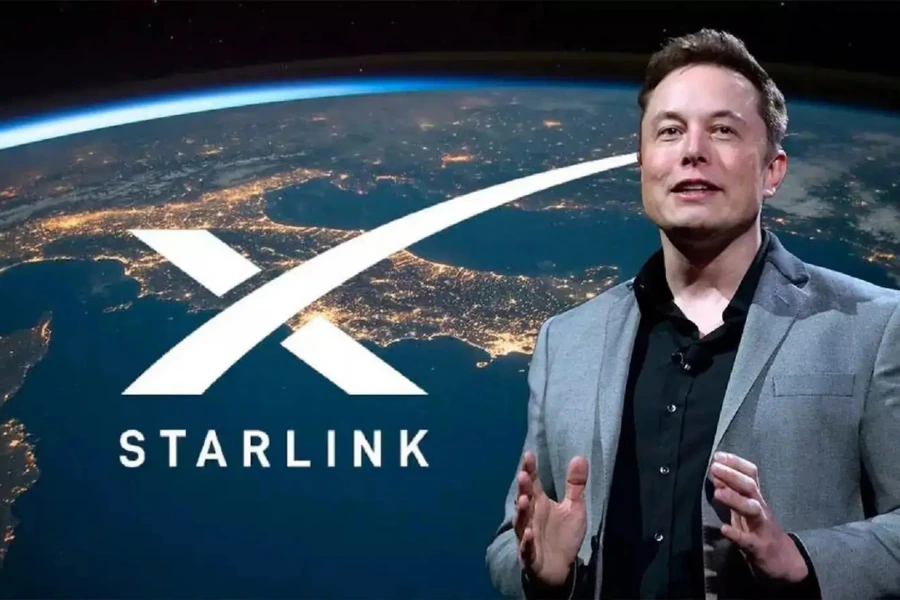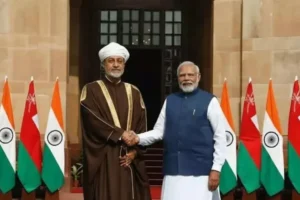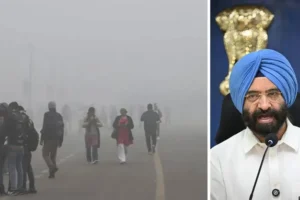
Satellite internet in India: Elon Musk’s Starlink is about to enter the Indian satellite broadband space. It is after receiving a Letter of Intent (LoI) from the Department of Telecommunications (DoT). This is significant because it means that the Government is now offering its full endorsement for the company. This is to provide satellite-based internet services across the country.
A government source stated, “Starlink has been provided with a Letter of Intent for GMPCS, VSAT, and ISP licenses on the understanding that we will comply with new security arrangements.” The final license will be awarded after Starlink has fulfilled all other pending obligations.
We see this as a significant advancement in new technology in India wherever it means bringing services where traditional network infrastructure is limited, particularly in rural and underserved areas.
Starlink’s Tactical Move in India
Starlink, which operates the largest network of over 6,750 low-earth orbit (LEO) satellites globally, applied for the GMPCS license in 2022. Following the issuance of the LoI, the firm will now need to complete earth station gateways, which are needed for satellite-to-ground communications.
India’s approval came just a day after it revised litle public statement on satellite internet security rules. It includes:
- Data localization
- Legal Interception rules
- Security access permissions to Gateway
- Local manufacture of equipment
In April of 2024, senior Starlink officials met Union Minister Piyush Goyal in order to fast-track the entry to the market. During those conversations, Chandra Sekhar Pemmasani, the Minister for State for Communications, indicated that its application was nearly approved.
Partnerships With Indian Telecom Companies, and Pricing Strategy
Starlink also has announced partnerships with Reliance Jio and Bharti Airtel. This will provide customer support and for retail distribution agreements. These partnerships are intended to improve its access in remote and rural India. It will be with a focus on satellite Internet in areas without mobile phones or fiber connections.
Despite these objectives, experts expect the high prices—reportedly 10-14 times the current broadband price—to limit its deployment to high-value consumers. Customers like small businesses and rural organisations, unless supported by government cross-subsidies.
Project Kuiper and Industry Pushback
While Starlink has seen multiple positive developments, it is still waiting for its LoI for Project Kuiper from Amazon. However, one source noted: “Kuiper’s application keeps going through the DoT.”
Industry groups like the Broadband India Forum (BIF)—members include OneWeb, Hughes, Google, and Meta etc.—have expressed concerns over regulatory delays.
In a letter addressed to the DoT, they urged the government to approve their applications urgently. They emphasized that waiting too long prevents connectivity in under-served regions. It also means certain satellites are not being used.
Government Reassures Traditional Telecom Providers
Minister Pemmasani addressed concerns about Starlink being a threat to the telecom ecosystem. “It will largely be used in remote areas, and for residential use, and will not be in mobile networks.” People are upset about market disruption but that is unfounded.
He also noted that Starlink did not have more than five million subscribers globally. It will likely make an insignificant impact on India’s telecom landscape.
India’s Satellite Internet Landscape Heats Up
With this endorsement, India’s satellite communication industry is about to evolve quickly along the lines of current players, OneWeb, Eutelsat and Jio-SES. Starlink’s entry signifies a shift from competition to a collaborative effort to close India’s digital divide.
As recent technology in India matures, satellite internet could offer a significant tool to provide digital inclusion and create socio-economic opportunities, especially in remote areas for a more connected, digitally enabled India.








